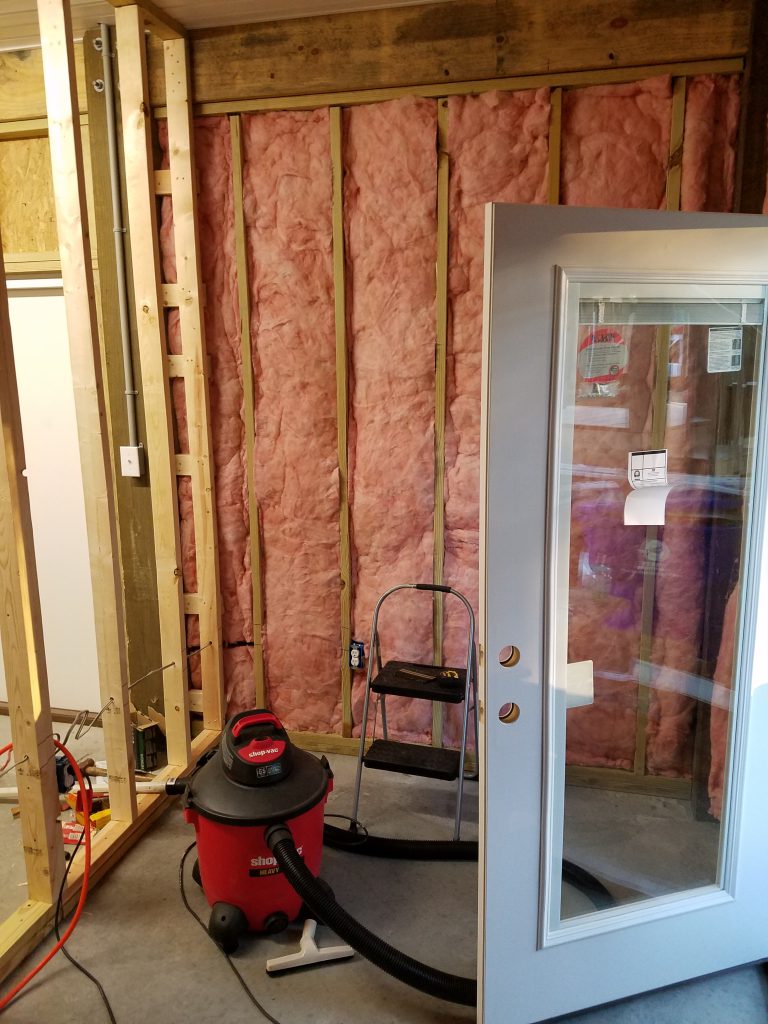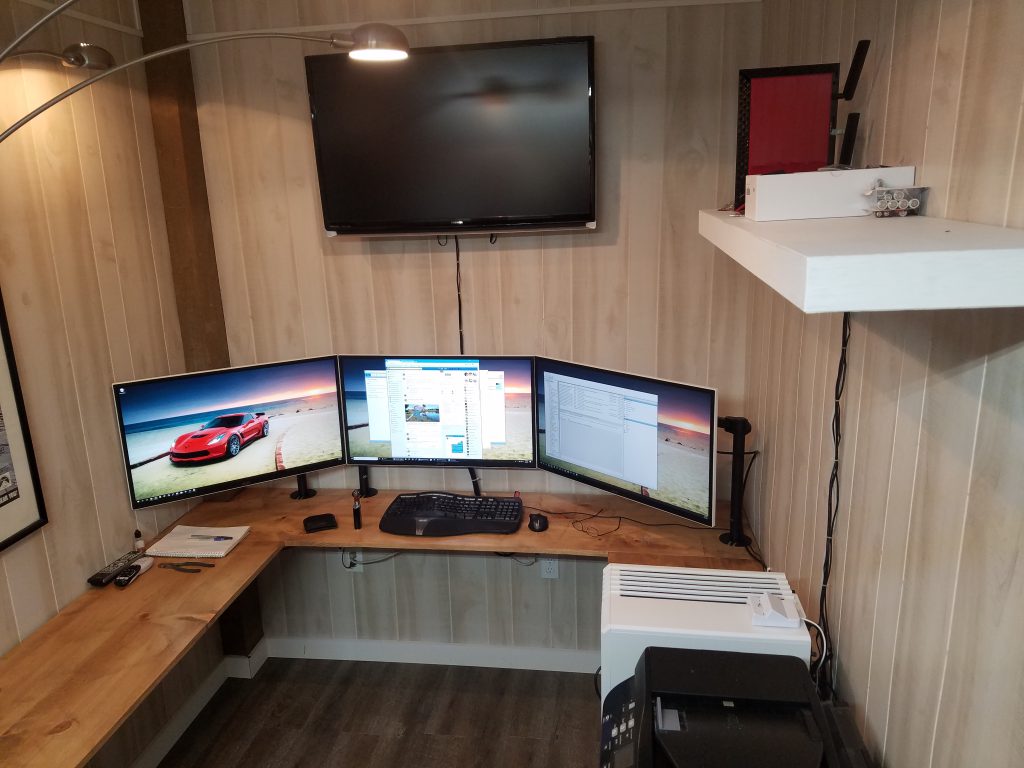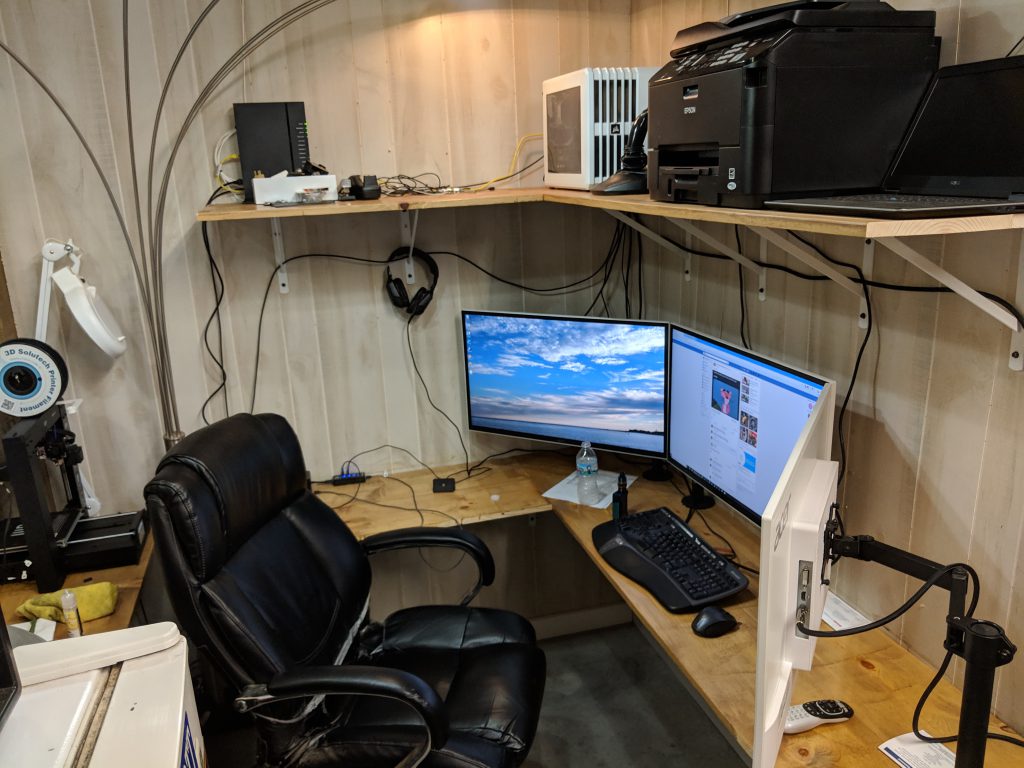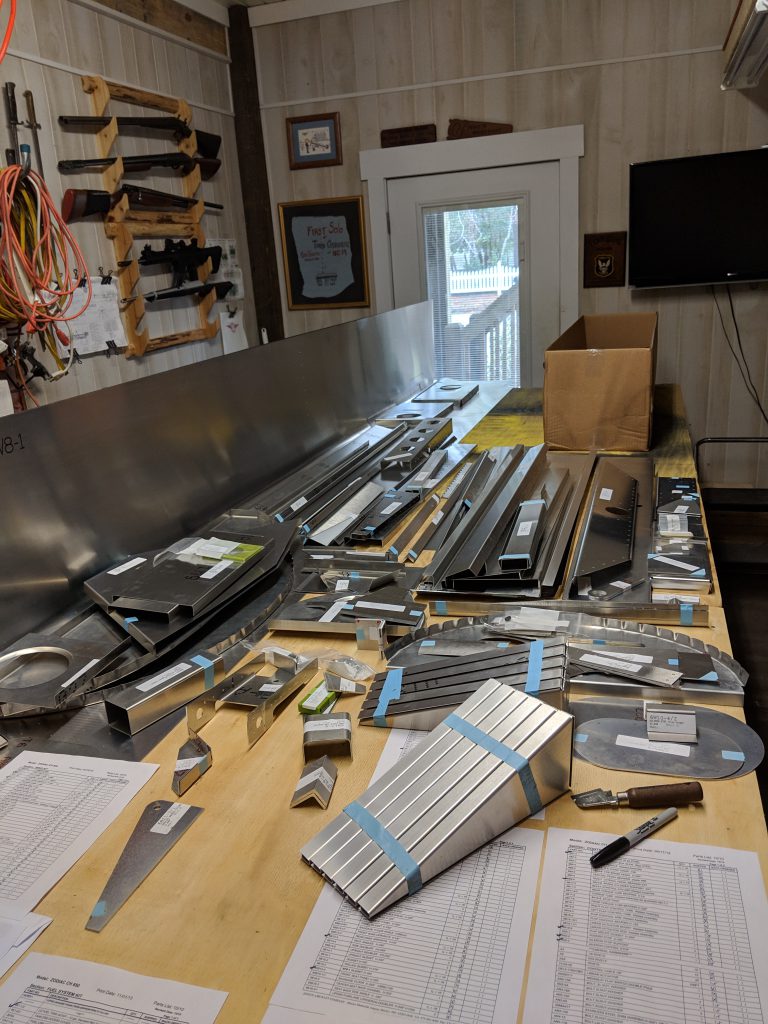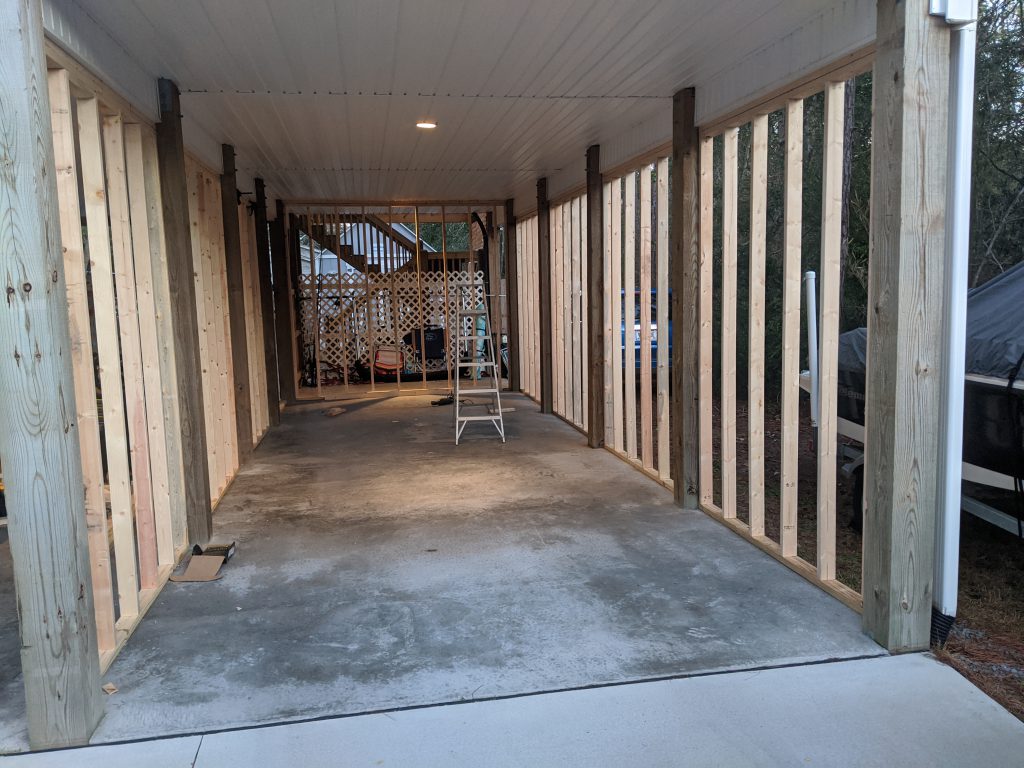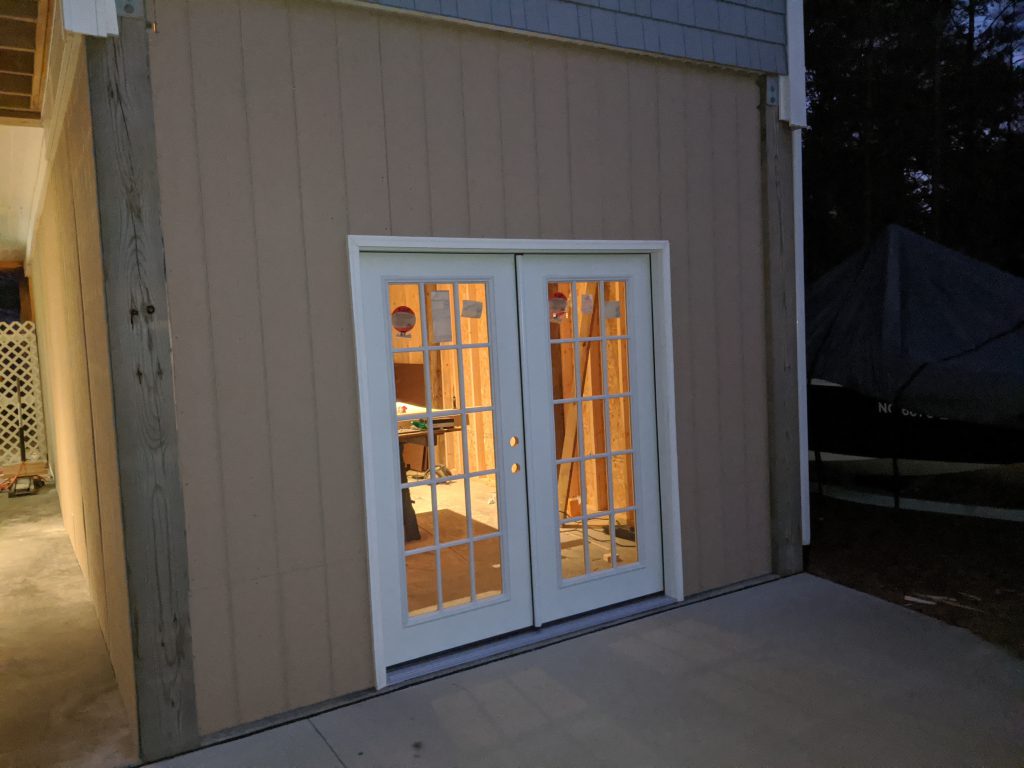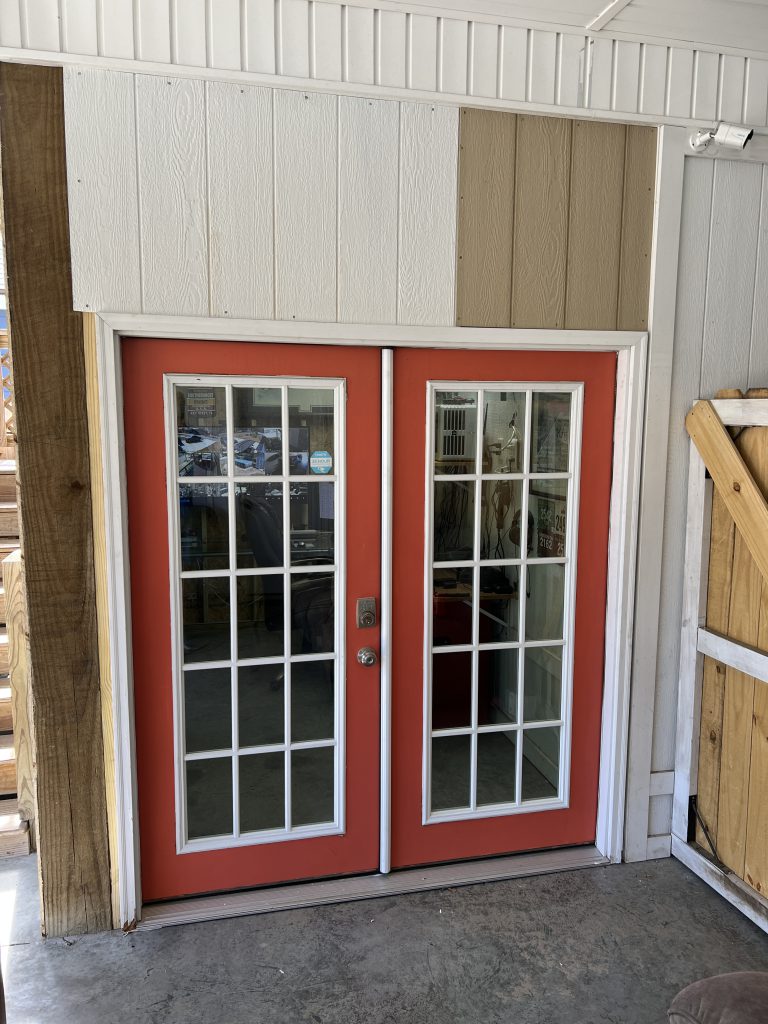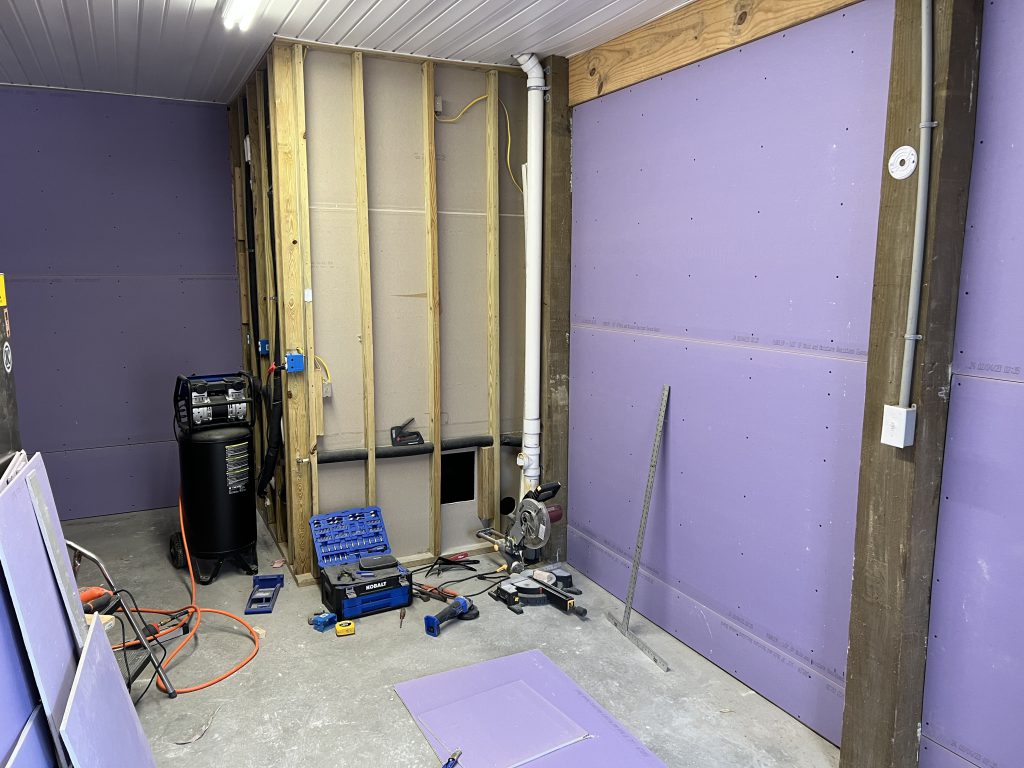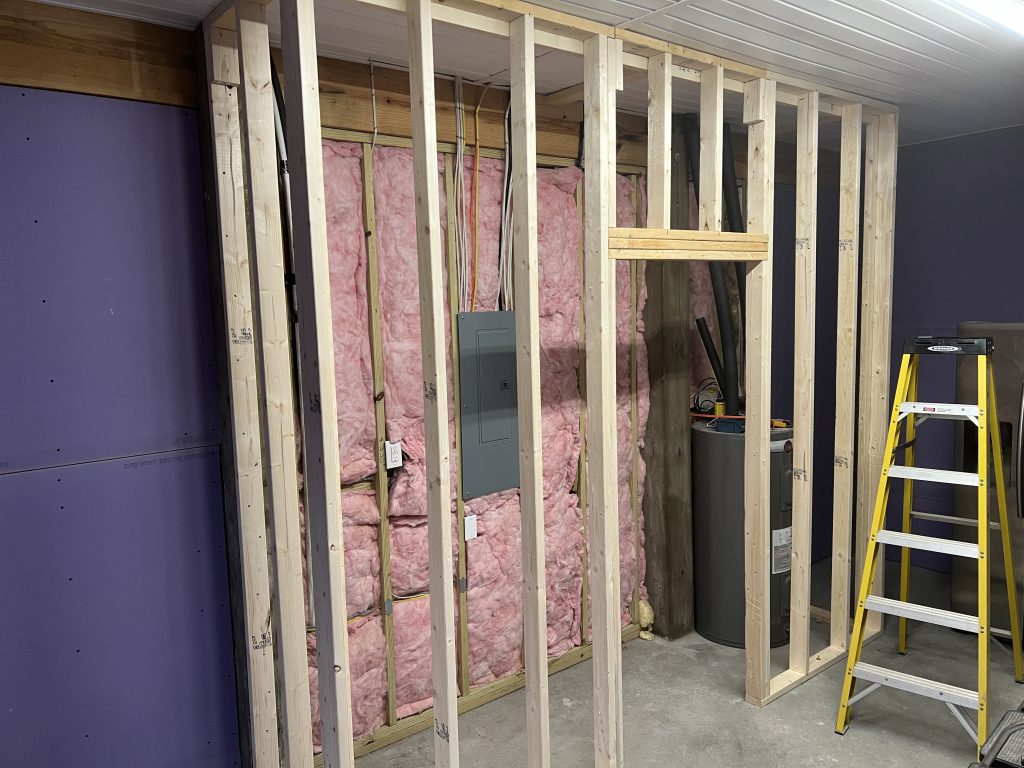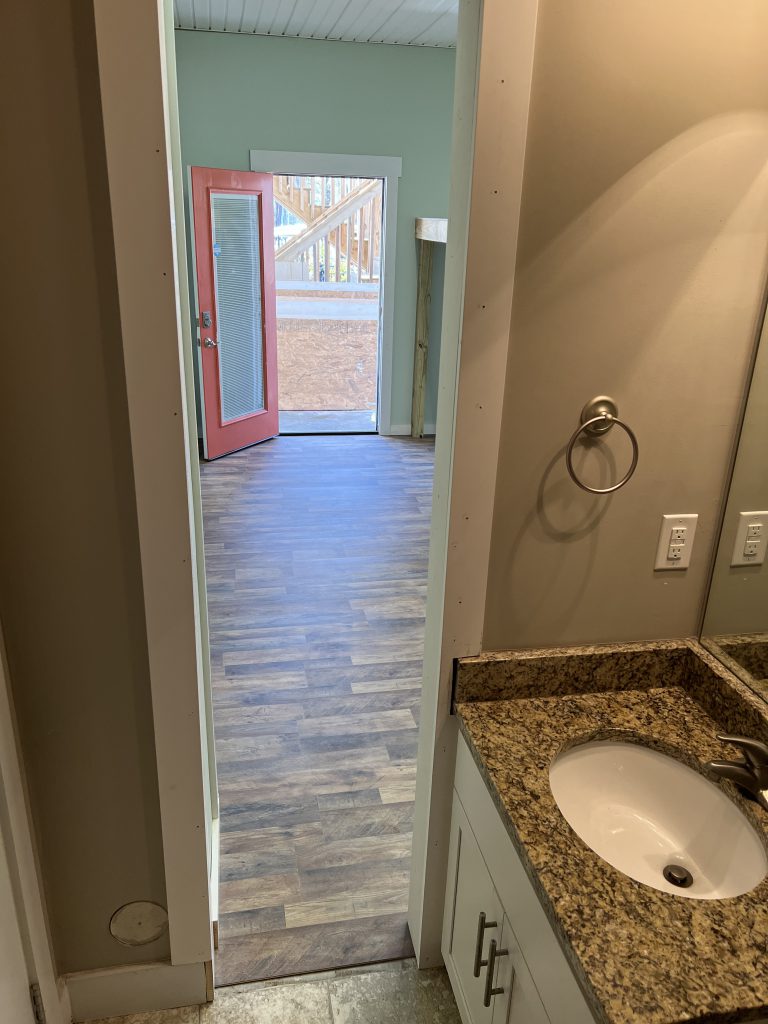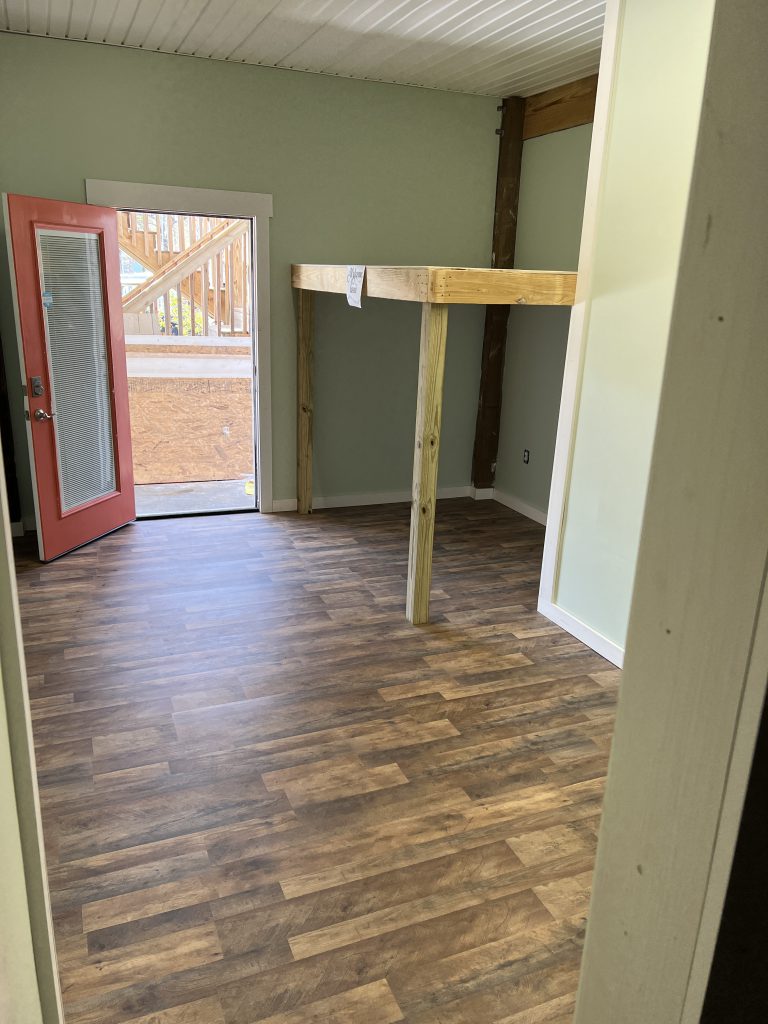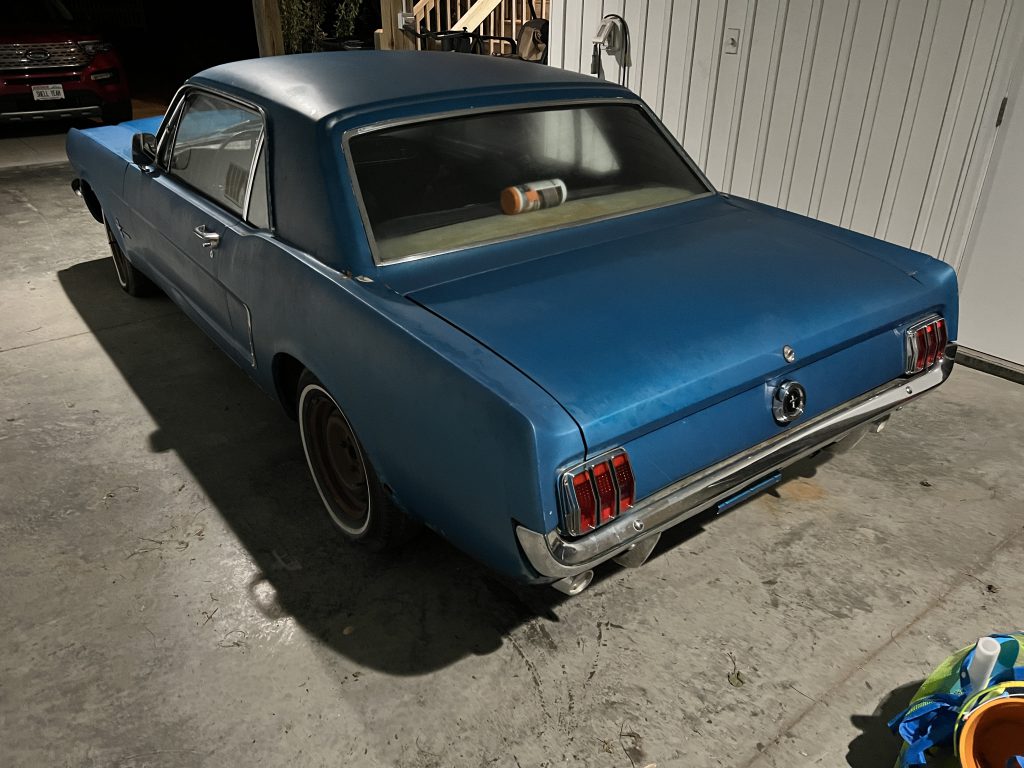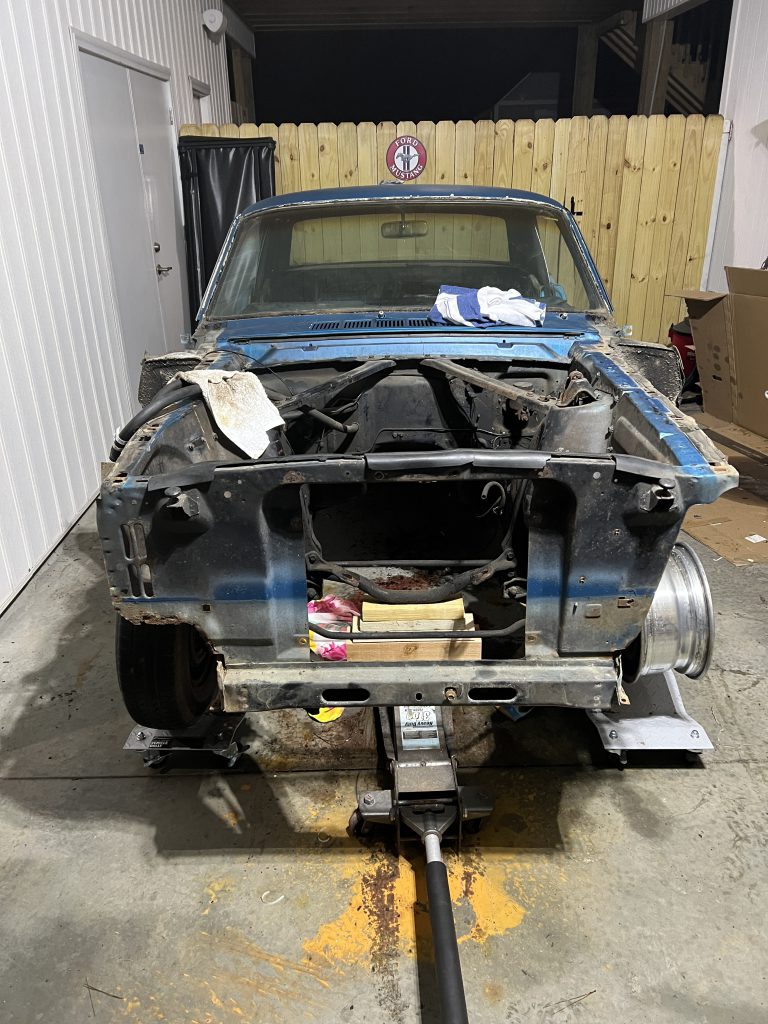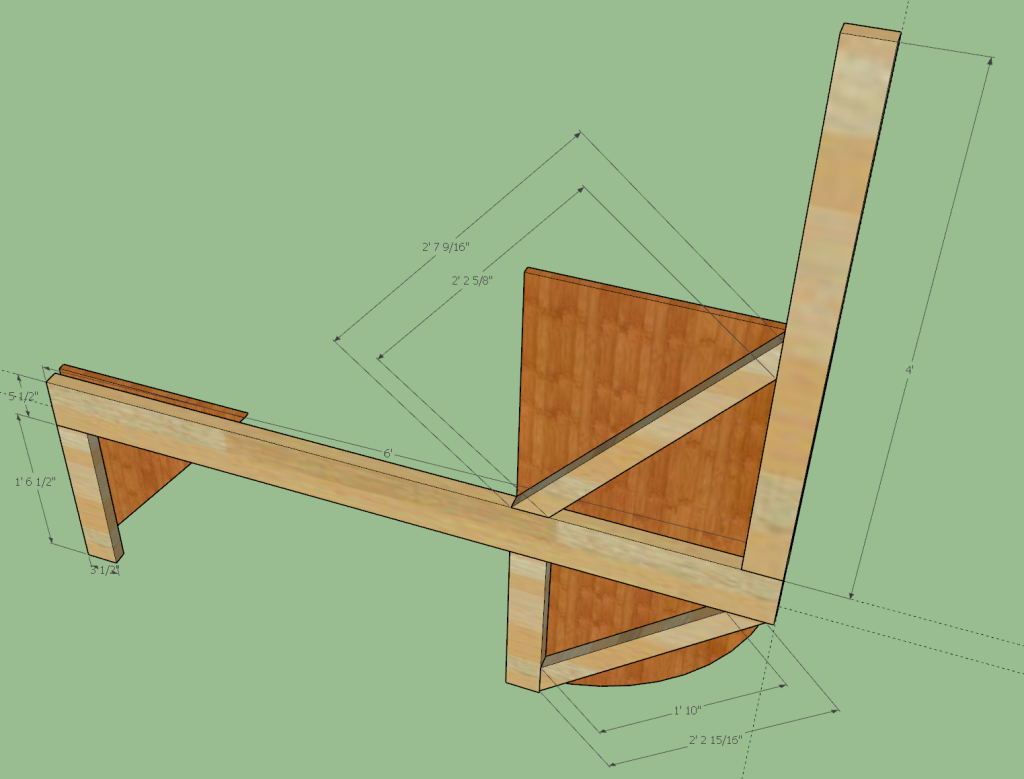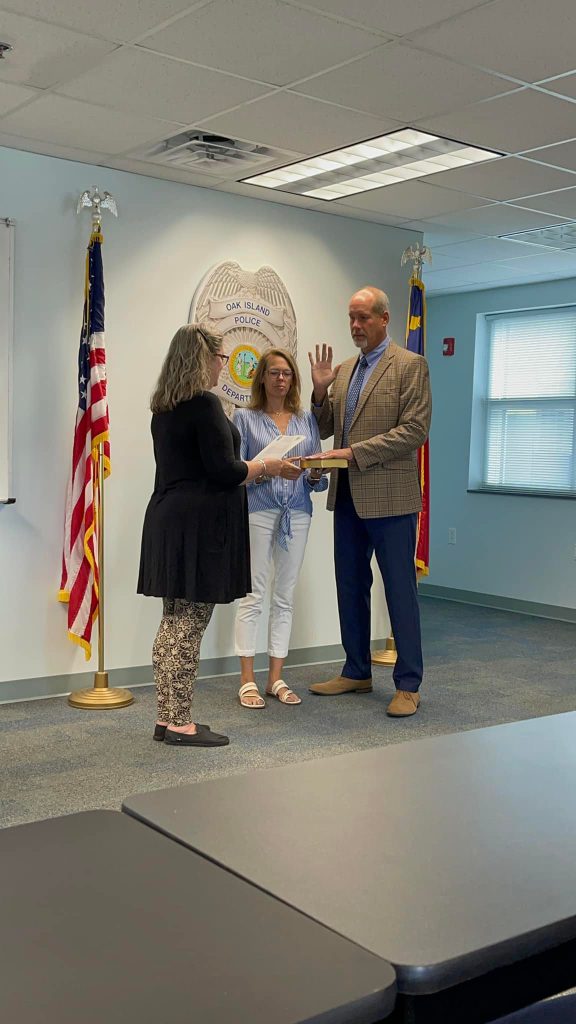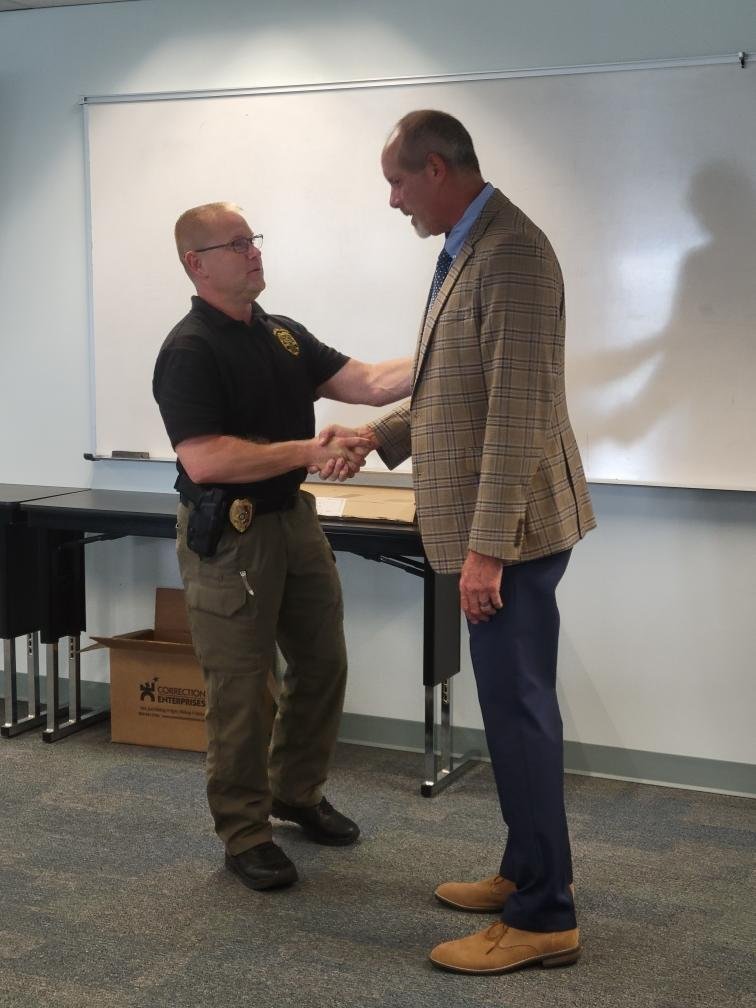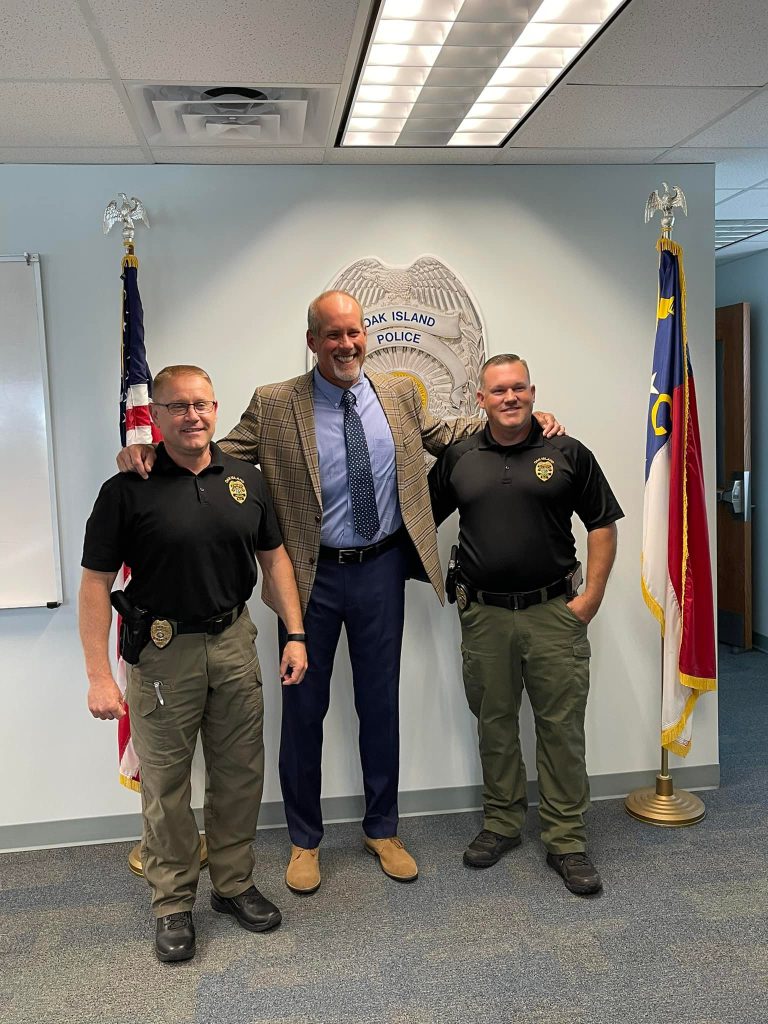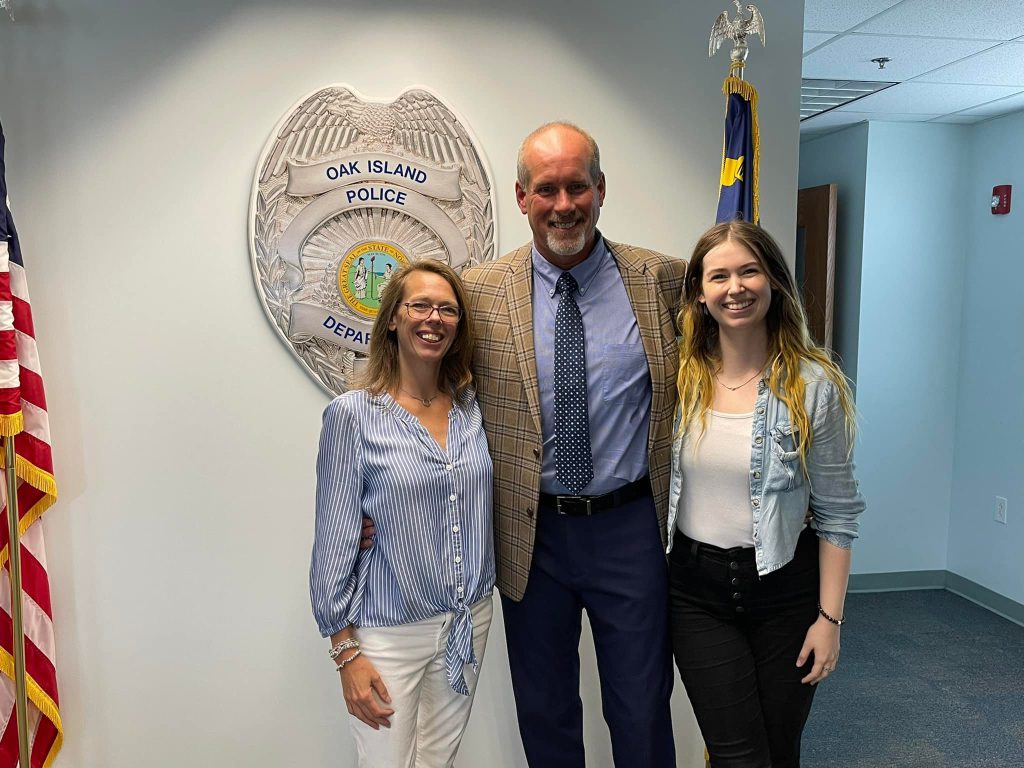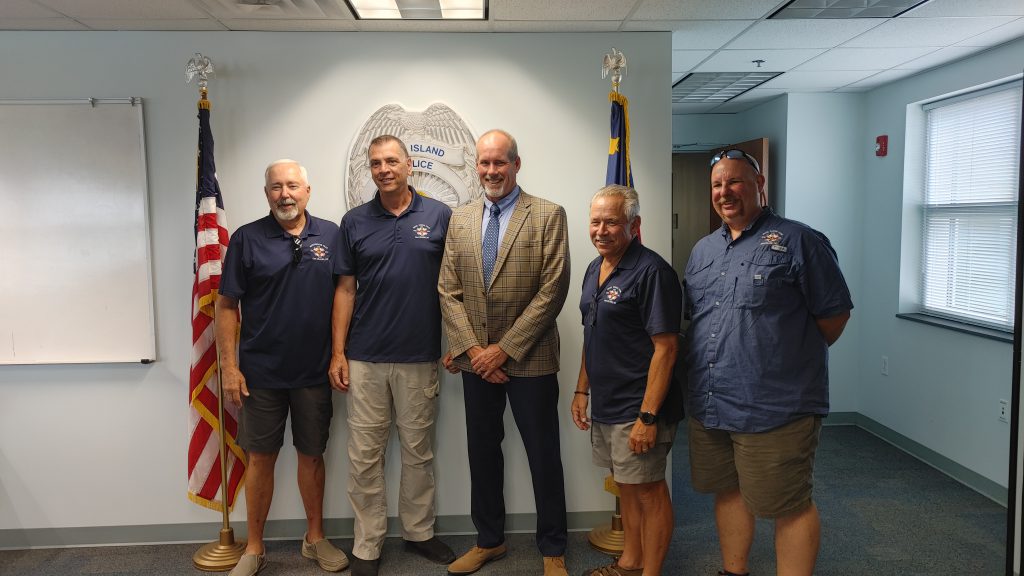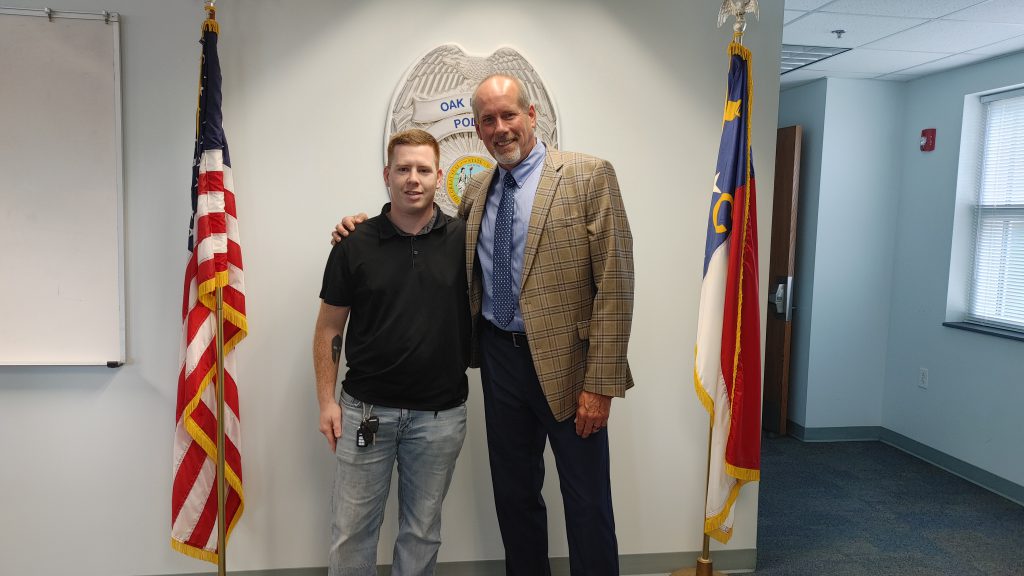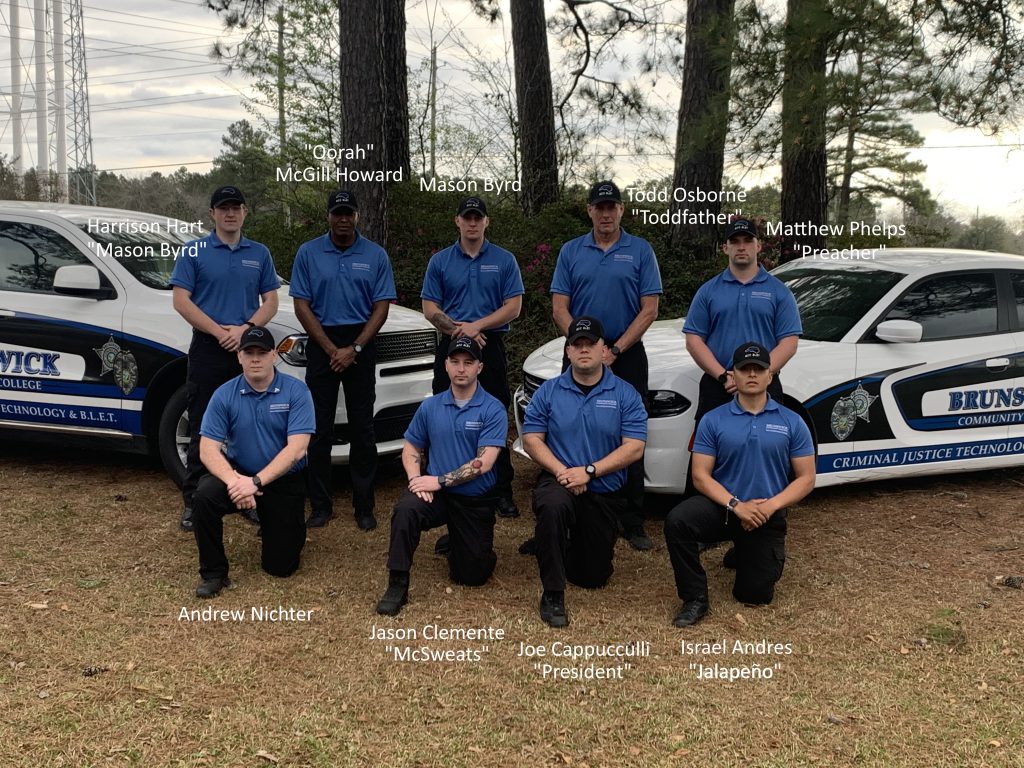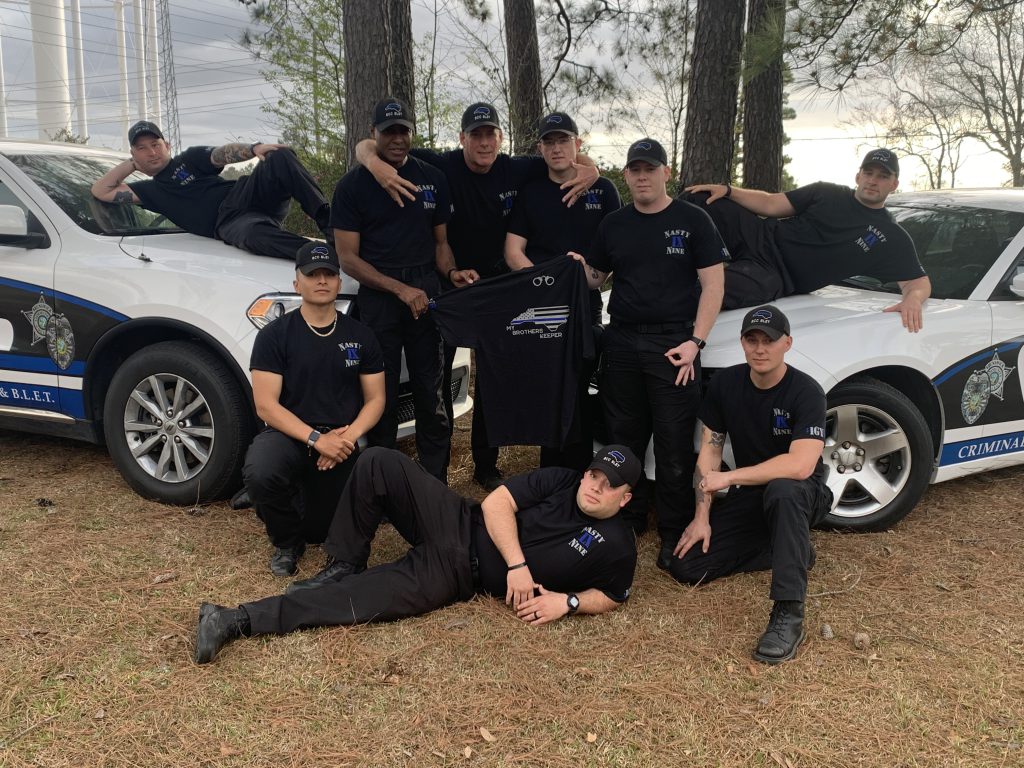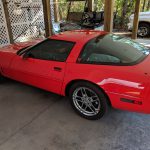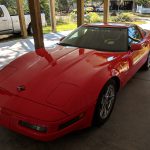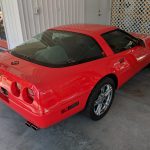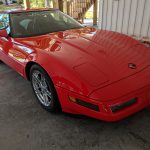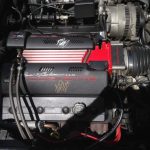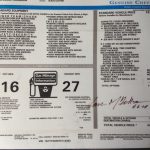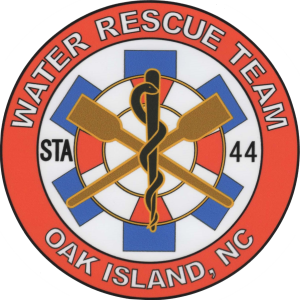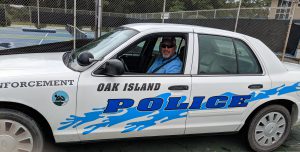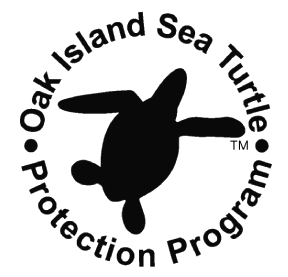
So…. about a year ago I sold my airplane kit and tools, and resigned myself to walk away from aviation as a hobby forever, aside from drones. It had just gotten too expensive. I haven’t really flown in years, let my medical and flight reviews expire, and stopped paying for renters insurance because I wasn’t renting planes anyway. I’m not an idiot though, I never surrendered by pilots license to the FAA and left the door open for re-entry, even if only cracked the slightest amount. I love aviation, or at least loved it (past tense), but felt I needed to close that chapter of my life and look to hobbies that were less expensive and more obtainable.
So I bought a 1965 Mustang project and a 2006 Yamaha FJR motorcycle with the proceeds from the sale of the Zenith CH750 kit, and have been working here and there on the Mustang and will have the FJR on the road in plenty of time for prime riding this fall. I work a lot as a police officer and software engineer, and I have always loved classic cars and motorcycles, so these are normal things for me to purchase. I cleaned out the workshop and bought tools appropriate for auto and motorcycle restoration and never looked back. But I made a huge mistake, I did look UP!
A while back I was on patrol at “The Point”, the beautiful west end of Oak Island that is very popular with tourists and locals alike. It is a large sandy area where Oak Island ends and the intracoastal waterway, Eastern Channel, and the Lockwood Folly river meet the Atlantic Ocean. The waters around The Point are very dangerous, with strong and sometimes unpredictable currents, but it is a very pretty area with great fishing and sunsets, and a lot of wide open space. Then I heard it…
It was a sound I was not completely unfamiliar with, I had heard it before. It was the classic buzz of a 2-stroke engine, not unlike a chainsaw, leaf blower, or weedeater. But this sound was out of place at The Point. There are no trees, no grass to cut, and it wasn’t coming from the ground anyway. It was over me, and not by much, only about 50 feet or so. Naturally I looked up and saw a multicolored powered parachute cruising along at about 20 miles per hour. I watched as the pilot cut the power and landed in the sand a few hundred yards away from me. I started walking towards him to chat about this wonderful little flying machine, but just as quick and he landed he was flying again, heading east along the beach. As it turns out, some paramotor pilots have had bad run-ins with law enforcement. Even though this encounter would have been far from bad, and I don’t even know if he saw me or not, I was a little upset that he flew away before I had a chance to pick his brain.
Oh yeah, there’s that word, paramotor. Even though I have been involved with aviation for several decades, I was not familiar with the term. I was familiar with what I called “powered parachutes”, but that is actually a very wrong term. These aren’t really parachutes at all. Well, they are, but…
I finished my shift late that night and went home, still thinking about the pretty little parachute thing-a-ma-job. Google to the rescue, a few minutes later I was reading about paramotors, paragliders, things called “wings” that looked nothing like wings I was familiar with, Vittorazi Moster 185 engines (I thought they misspelled Monster), harnesses, kiting, “clipping in”, forward and reverse launches, A, B, C, and D lines, brakes, frames, butt-landings, faceplants, and some kid from New Jersey named Tucker Gott.
I’ve seen these before at Oshkosh, but for whatever reason I never paid them much attention. In reality, I had seen trikes and similar ultralights my entire life, even flew a Weedhopper ultralight in the 80s that belonged to a friend of mine, but I don’t recall ever seeing a foot-launched powered glider. This was, somehow, new to me. So I stayed up most of the night reading whatever I could find online while watching Tucker Gott do some amazing flying all around the world. This looked to be just too much fun to miss out.
Of course, this is aviation, so my excitement was tempered by the reality that this was going to be amazingly expensive, lawyers had to have already screwed everything up, and I am sure the FAA regulates the holy hell (and fun) out of it. A few more Google searches confirmed just the opposite was true. The cost of entry was surprisingly reasonable, though not cheap, and the FAA does in fact regulate paramotors, but much less so than even ultralights. You can take off and land pretty much anywhere you have the minimal space needed, public places, beaches, or anywhere you have permission. Even at airports. You don’t need a hangar or runway, and can easily transport a paramotor in a car or pickup truck. And the safety factor is a huge plus too. Sure, these are powered mostly by 2-stroke engines (electric is becoming viable), which will never win any reliability awards, but in the end you are flying a parachute, no matter what they call it. When the engine quits, you land. Notice I said land, not crash. Score one for the little guys!
Over the next several weeks I continued my research, learning about the USPPA, kind of like EAA and FAA combined for powered paragliding, and located a North Carolina-based PPG (Powered Paraglider) school called Carolina PPG, owned by Darren Locklear. The pilot I saw flying over The Point was likely Darren, or possibly Mark Huneycutt, who had recently flown from Frying Pan Tower to Oak Island. I have since talked to Darren on the phone and chatted with Mark online, and am looking forward to meeting both of them in the future. I ordered “The Book” on powered paragliding, “The Powered Paragliding Bible” by Jeff Goin, and am making my way through it slowly.
I sometimes live my life in a vacuum. It’s not intentional, and I am not being secretive, but there is usually a lot of crap floating through my brain at any given time and I seldom speak those thoughts out loud. So even though I was getting pumped (or stoked as the kids say) about paramotors, I hadn’t said a word about it to my wife, Missy. Now I know from experience that Missy pretty much lets me do as I please, and attempting to stop me from doing something I want to do is usually a futile battle not worth having, but to my surprise she was actually on-board with this crazy idea! I think she sees it like I do, a reasonably priced and relatively safe way that a pilot like me can remaining flying and living life to its fullest. So long as the life insurance premiums are paid up! 🙂
So what’s next? I am hoping to be able to go to flight school in August or September. It takes a little over a week (weather and wind permitting) to get your license, and of course already having knowledge of aerodynamics, federal aviation regulations, navigation, airspace, etc. will work in my favor. I will likely buy a new gas-powered paramotor and wing from Darren at Carolina PPG and use it for my training. I really think an electric paramotor will be in my future because I envision enjoying many short flights around Oak Island and very little cross country work, making electric power a viable and desirable option. But I still know pretty close to nothing about this stuff and am looking forward to learning a whole lot more.

